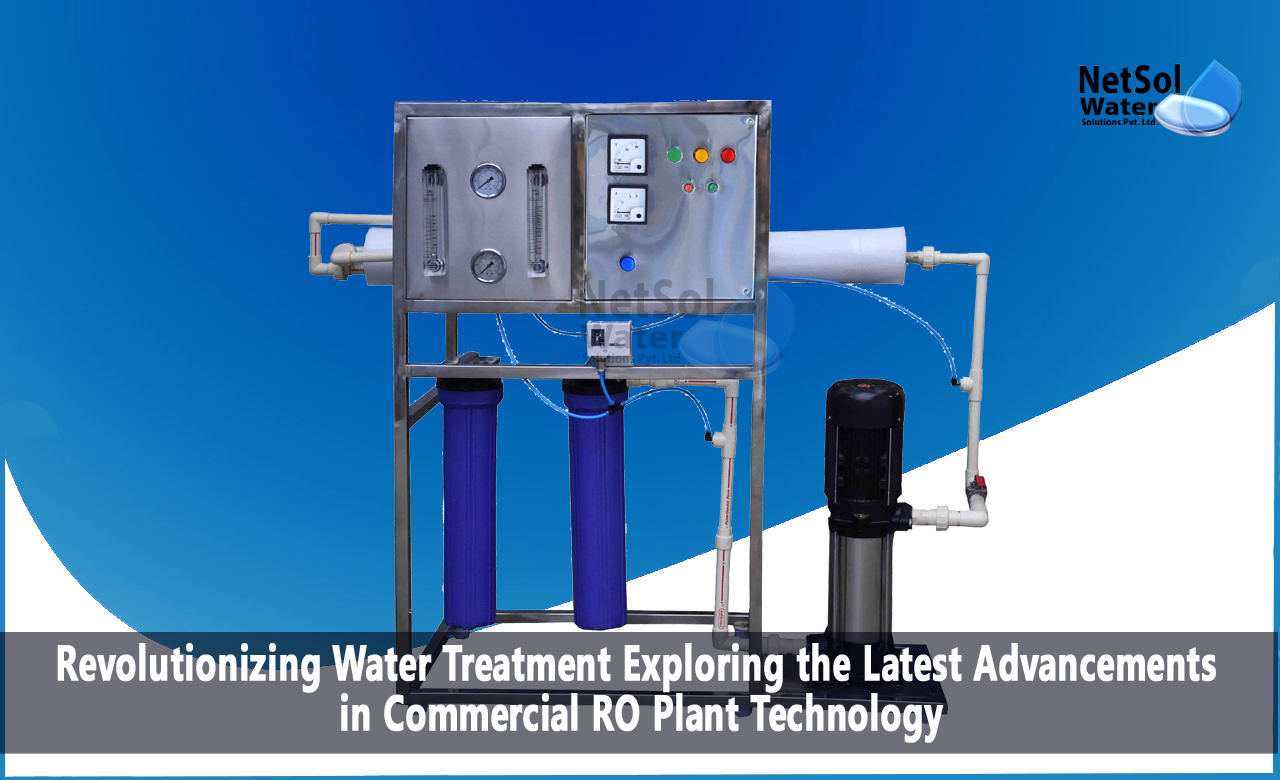Latest advancements in commercial RO plant technology
Reverse osmosis (RO) technology is a widely used water treatment process that removes impurities and contaminants from water. In commercial and industrial applications, RO plants are essential in producing high-quality water for various purposes, such as drinking water, industrial processes, and irrigation. In recent years, there have been significant advancements in commercial RO plant technology, revolutionizing the way we treat water.
In this blog, we will explore some of the latest advancements in commercial RO plant technology.
1. Energy Recovery Devices (ERDs): One of the significant challenges of RO technology is the high energy consumption required to produce high-quality water. ERDs are devices that recover the energy lost during the RO process and reuse it to power the system. ERDs can significantly reduce the energy consumption of RO plants, making them more sustainable and cost-effective.
2. Membrane Technologies: Membrane technology is at the heart of RO plants, and recent advancements in membrane technology have greatly improved the efficiency and effectiveness of the RO process. Some of the latest advancements in membrane technology include:
- Thin Film Composite Membranes: These membranes have a thin, high-performance layer that improves the permeability and selectivity of the membrane, resulting in higher water recovery and reduced fouling.
- Nanocomposite Membranes: These membranes incorporate nanoparticles into the membrane matrix, improving the mechanical and chemical stability of the membrane and reducing fouling.
- Hollow Fiber Membranes: These membranes have a unique structure that allows for higher water flow rates and reduced fouling, making them ideal for high-volume applications.
3. Internet of Things (IoT) and Artificial Intelligence (AI): IoT and AI technologies are revolutionizing the way we manage and operate RO plants. IoT sensors can monitor various parameters, such as water quality, pressure, and flow rates, in real-time, allowing for proactive maintenance and optimized performance. AI algorithms can analyse the data collected by IoT sensors and optimize the operation of the RO plant, improving efficiency, and reducing downtime.
4. Modular Systems: Modular RO systems are pre-engineered, compact, and scalable, making them ideal for small-scale applications or as a backup system for larger plants. These systems are easy to install, operate, and maintain, and can be customized to fit the specific needs of the application.
5. Brine Management: Brine is a by-product of the RO process and is typically discharged back into the environment. However, the high salt content of brine can harm aquatic life and damage ecosystems. Advanced brine management systems can recover valuable minerals and salts from brine, reducing the environmental impact and generating additional revenue.
6. Membrane Cleaning: Membrane fouling is a significant issue in RO plants, reducing the efficiency and lifespan of the membrane. Traditional membrane cleaning methods, such as chemical cleaning, can be costly and harmful to the environment. Advanced membrane cleaning technologies, such as ultrasonic cleaning and air scouring, can effectively clean the membrane while reducing the use of chemicals and energy.
Conclusion
In conclusion, the latest advancements in commercial RO plant technology have greatly improved the efficiency, sustainability, and effectiveness of the RO process. From energy recovery devices and membrane technologies to IoT and AI and modular systems, these innovations are revolutionizing the way we treat water. As the demand for high-quality water increases, it is essential that we continue to invest in research and development to further advance RO technology and ensure that we can meet the growing needs of our communities and industries.
For any other support, inquiries, or product purchases, call on +91-9650608473 or email at enquiry@netsolwater.com



